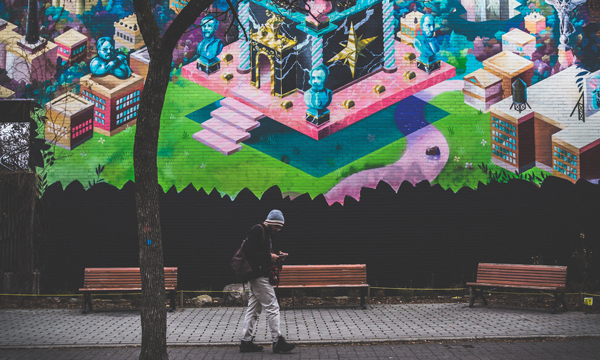
You may think you are a good multi-tasker, but science is showing that even if you are better at it than average, multi-taskers are more likely to be stressed than their single-tasking friends.
Besides, none of us are actually very good at it. Our brains are not designed to do more than one thing at a time.
Stress is hard on the body and leads to a worse memory, digestive problems, heart disease, sleep disruption. It also leads to concentration impairment.
Getting into the zone to complete an important project at work or at home takes time. As a result, doing two things at once or rapidly jumping between tasks decreases your performance at both.
Meanwhile, the benefits of single-tasking are abundant—from better health to better productivity.
And while we may know the benefits of single-tasking, putting it into practice regularly can be challenging.
In this post, Leo Babauta reminds us that single-tasking is something we must train ourselves to do—especially in a world intentionally designed to grab our attention and distract us.
Here’s How to Train Yourself for Single-Tasking
1. Start with small bursts. Just like an athlete would train themselves with manageable exercises first, begin with easier rather than daunting tasks.
2. Break down large projects into smaller chunks. Build a plan for achieving large goals with less stress. This helps keep the completion point in sight. It is also a good practice for preventing procrastination by the way.
3. Every evening or morning, choose the most important things you need to complete that day. Start with your most important task, and work from there. For best results, accomplish most with a 3-Item To Do List.
4. Work in bursts, setting a timer if necessary, and slowly increasing the blocks of time in which you’ll single-task. Take breaks for mental recovery in between. That’s known as the Pomodoro Technique.
5. Have only the tools you need for the task available. Clear your desk. Close out open computer tabs. Silence your phone. Clear the clutter.
6. Set unrealistic personal deadlines. Peter Bregman at Harvard Business Review suggests the tactic of forcing single-tasking by giving yourself only a third of the time you think you need to accomplish something. The tighter deadline will keep you more focused, more productive, and less stressed.
7. Save internet research until the end. If you are anything like me, a quick hop on the Internet to look up one little fact often becomes 15 minutes of mindless scrolling. Eliminate the distraction by making a quick note in your work to look up the fact after you’re finished.
8. Enjoy the sensation of completing the time or the task. Notice your gratitude as you cross another item off the list. Use that sense of accomplishment to carry you forward.
9. Remember that sometimes the goal isn’t perfection, it’s progress. Don’t expect to be perfect the first time you try… or even the hundredth time. The goal is to get better, not to get perfect.
If you train yourself to make single-tasking an ingrained habit in your life, you’ll begin accomplishing your goals much faster than you anticipate.
from Becoming Minimalist https://ift.tt/2w6miX2
Aucun commentaire:
Enregistrer un commentaire